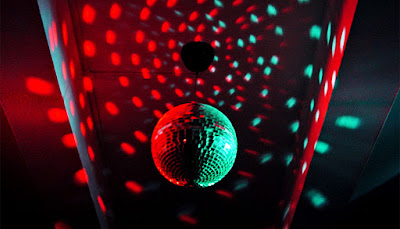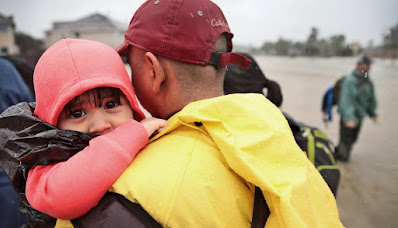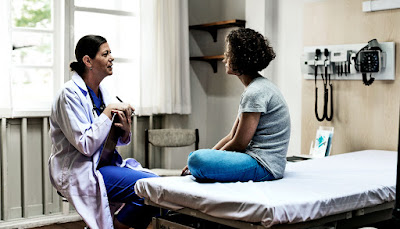RECIPE FOR LIGHT-TRAPPING CRYSTAL MAY SPEED UP COMMUNICATION
New standards for producing a tiny crystal framework that can hold 2 wavelengths of light at the same time could pave the way for much faster telecommunications and quantum computer systems.
5 years back, Momchil Minkov, a postdoctoral scholar at Stanford College, encountered a challenge that he was restless to refix.
At the heart of his area of nonlinear optics are devices that change light from one color to another—a process important for many technologies within telecommunications, computing, and laser-based equipment and scientific research. But Minkov wanted a gadget that also catches both shades of light, a complex accomplishment that could greatly improve the effectiveness of this light-changing process—and he wanted it to be tiny.
agen bola karier pemain terbaik israel
"I wased initially subjected to this problem by [study coauthor] Dario Gerace from the College of Pavia in Italy, while I was doing my PhD in Switzerland. I attempted to work on it after that but it is very hard," Minkov says. "It has remained in the rear of my mind since. Sometimes, I would certainly mention it to someone in my area and they would certainly say it was near-impossible."
In purchase to show the near-impossible was still feasible, Minkov and Shanhui Follower, a teacher of electric design, developed standards for producing a crystal framework with an non-traditional two-part form. Currently, the group is beginning to develop its thought framework for speculative testing.
MIXING TWO LASER BEAMS IN ONE CRYSTAL
Anybody who's encountered an eco-friendly laser pointer has seen nonlinear optics at work. Inside that laser pointer, a crystal framework transforms laser light from infrared to green. (Green laser light is easier for individuals to see but elements to earn green-only lasers are much less common.) This research aims to enact a comparable wavelength-halving conversion but in a a lot smaller sized space, which could lead to a large improvement in power effectiveness because of complex communications in between the light beam of lights.
The team's objective was to force the coexistence of both laser beam of lights using a photonic crystal cavity, which can focus light in a tiny quantity. However, current photonic crystal tooth dental caries usually just restrict one wavelength of light and their frameworks are highly personalized to accommodate that one wavelength.
So rather than production one uniform framework to do everything, these scientists developed a framework that combines 2 various ways to restrict light, one to keep the infrared light and another to hold the green, all still included within one tiny crystal.
"Having actually various techniques for containing each light ended up to be easier compared to using one system for both regularities and, in some sense, it is totally various from what individuals thought they had to perform in purchase to accomplish this accomplishment," Follower says.



